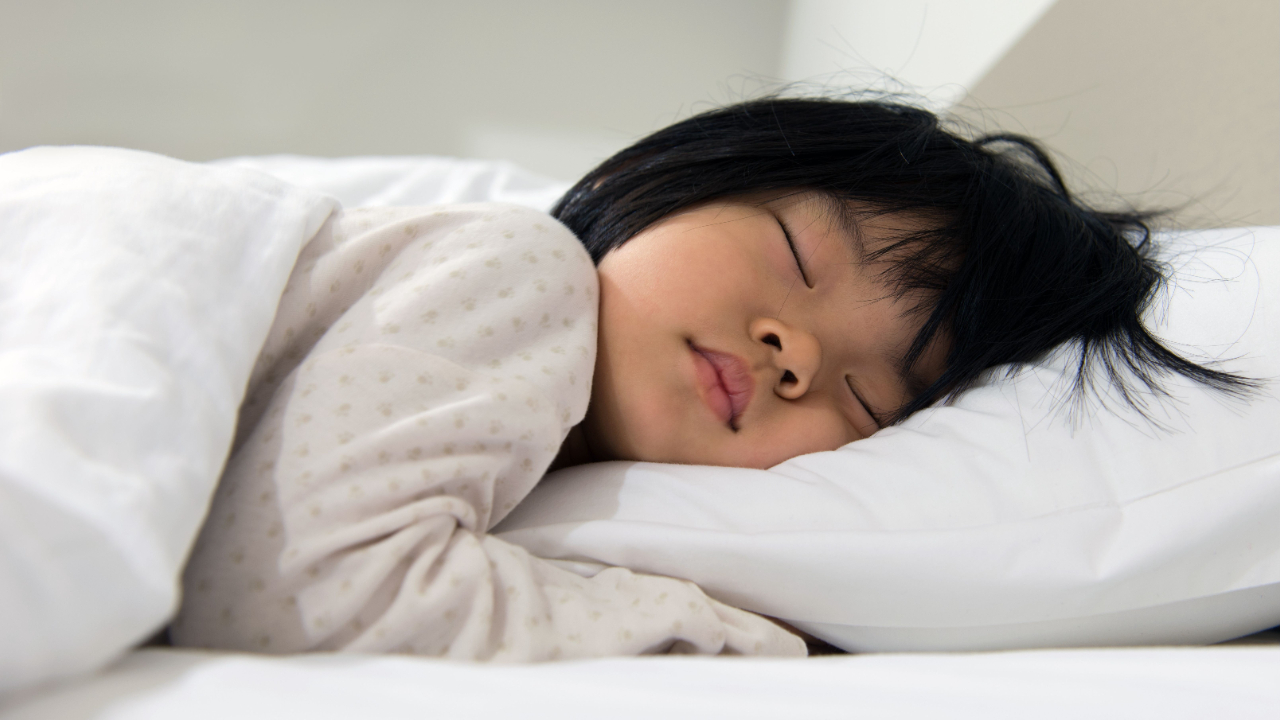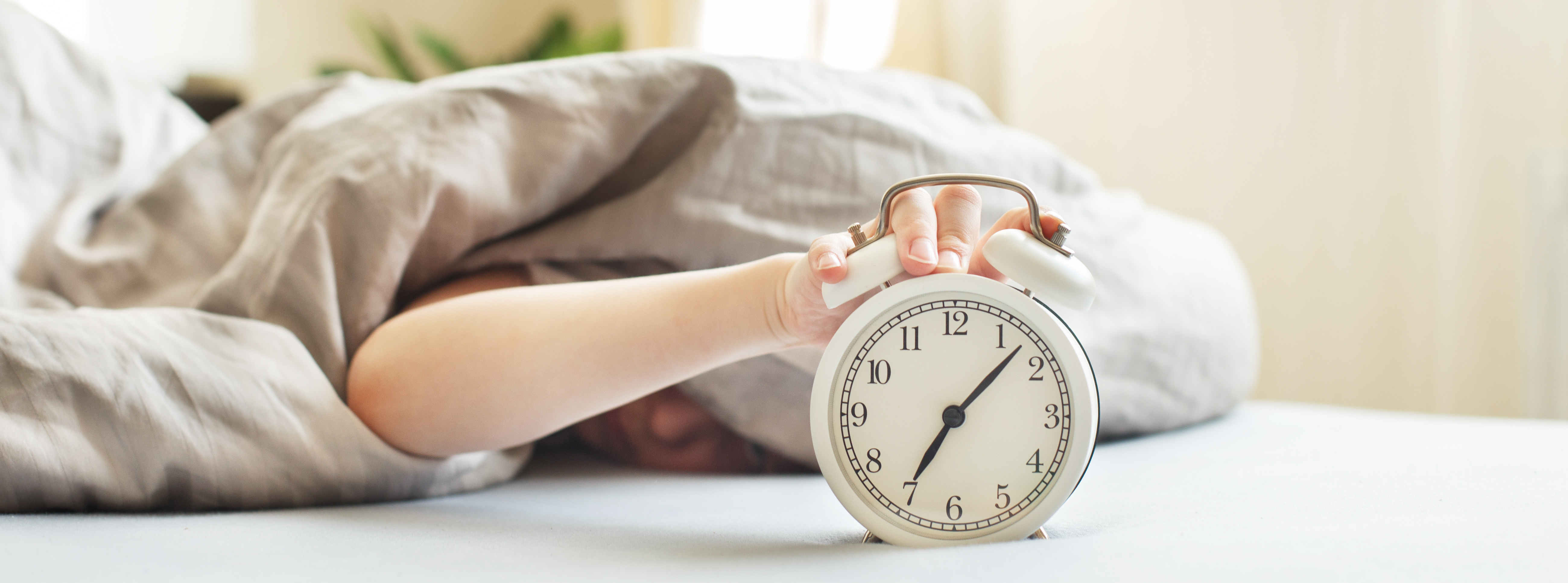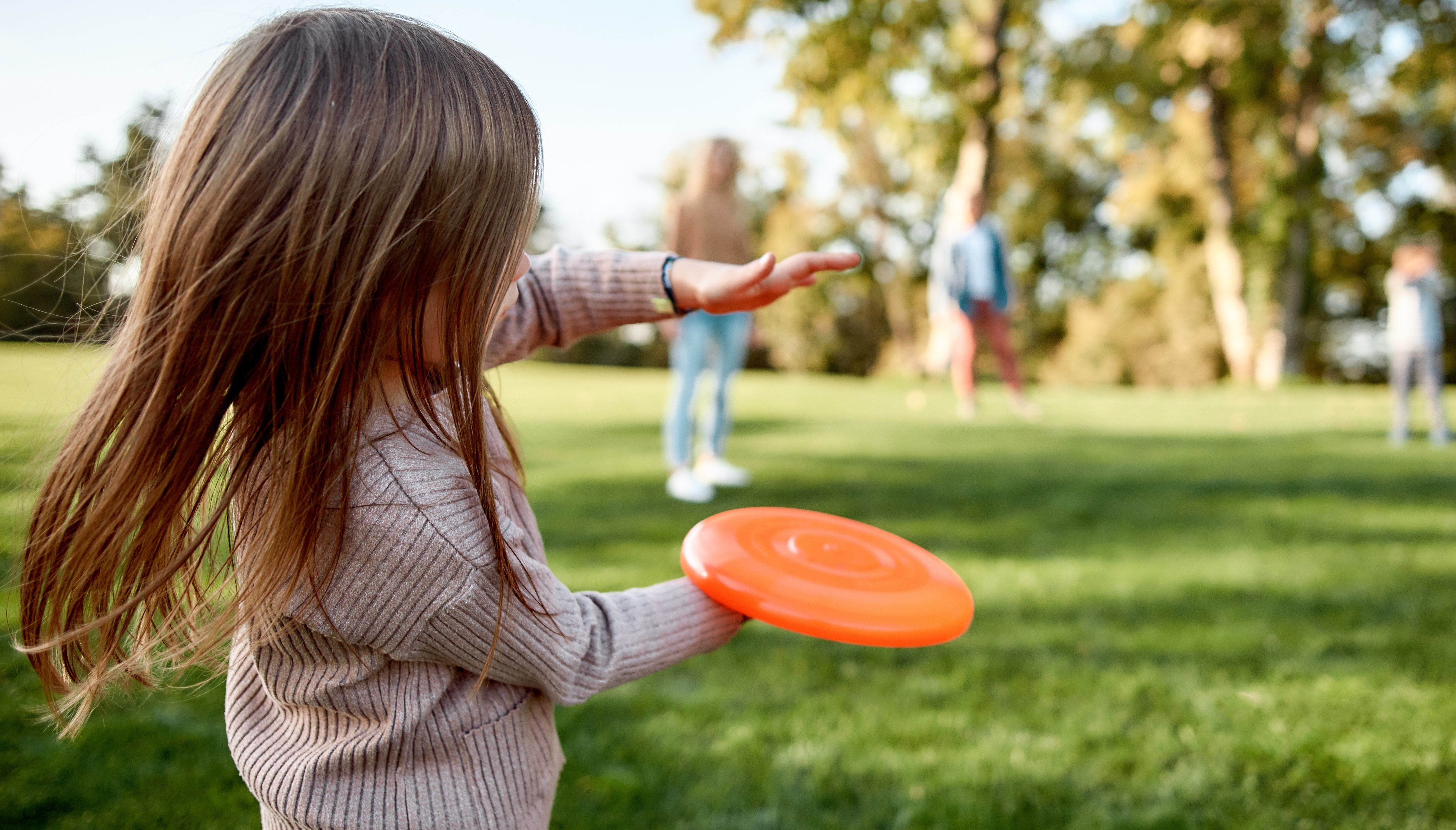‘Top 5’ Tips for Creating Better Sleep for Your Child

This is our second post in our new series ‘Top 5’. This post is included in our “Top 5 Parenting Series” and will explore ideas for parents to help their child get a better night’s sleep. Our first post is titled “Top 5 Rainy Day Ideas for Parents”.
Every parent knows that zombie feeling when your newborn just won’t sleep. For some of us that phase lasts far too long and for others it is a blip on the radar. Either way, it is a commonality between all parents. As children grow up, it is natural for the sleep to go through ups and downs. Some weeks they may sleep well and not wake you up, and other times they may have a hard time falling asleep or staying asleep. Sleep is a complex topic and one that many scientists devote their life’s work to. Today, we will be discussing 5 simple tips you can incorporate into your child’s routine to promote better sleep.
Tip 1: Create a sleepy time routine.

As a first-time parent, I didn't realize the importance of creating a bedtime routine for my child.
This is where I majorly failed as a first-time parent many years ago. It wasn’t until a fellow mom told me to create a bedtime routine for my non-sleeping infant that I had a lightbulb moment. Of course! It was so obvious. I had a bedtime routine for myself each night, so why would I not create one for my baby. I like to blame it on the lack of sleep that clouded my thought process.
Creating a bedtime routine was and has been a gamechanger for my kids. When we are out of our routine, I notice a decline in their sleep. Bedtime routines don’t have to be complicated or overly time consuming, but they do have to be consistent from day to day i.e. routine. My girls’ routines go as follows: take a warm bath or shower, put on pajamas, brush teeth and hair, and settle in to read a book or be read to. Their whole routine can be completed in about 15-30 minutes depending on how much we choose to read that night. On RaisingChidren.net, they state that “a regular bedtime routine…encourages good sleep patterns”.1 Sleep routines may vary child to child and definitely home to home but also keep in mind that they will evolve as your child ages. Your child may need less promptings and warnings but may want more time to sit and discuss their day with you as they grow up, and that is completely normal.
Tip 2: Relax before bedtime.

Help your child explore different relaxation techniques to promote better sleep at night.
Relaxing throughout the day can have many benefits to adults and children. Relaxing before bed helps our body manage the stress it has dealt with all day. As stated in an article on John Hopkins Medicine website, “[Stress relief techniques] help by reducing the release of the stress hormones cortisol and adrenaline and by slowing your heart rate and breathing. Your body and mind calm down.”2
Effective relaxation techniques vary from person to person, but some common ones include deep breathing, reading, yoga, light stretching, and journaling. Helping your child explore these different techniques can be a great gift to them. It takes some trial and error to discover which one or ones will work best for your child, so you can trial different ones each week. Deep breathing has been greatly beneficial for my older daughter as well as reading. Each child may need to explore these at a different age as well. My older child needed these techniques at a younger age than my younger daughter did. Each child processes and manages stress in their lives differently so being in tune to your child and their needs is key.
Tip 3: Keep regular sleep and awake times.

Setting regular sleep and wake times can dramatically improve your child's sleep.
Keeping a regular routine of sleep and wake times can be extremely beneficial for improving sleep. In fact, sticking to a sleep schedule is one of Mayo Clinic’s top recommendations for improving sleep. 3 Setting a consistent schedule- even on weekends- helps maintain the timings of your body’s internal clock which means you fall asleep faster and wake up easier. Many studies suggest that regular sleep times- and getting enough sleep- is tied to long term health. Teaching children this important health habit can offer them lifelong health benefits such as reduced risk of cardiac disease and improved metabolic health.
Many factors contribute to a regular sleep schedule for children including parents’ work schedules, siblings, and evening extra-curricular practices, just to name a few. Research suggests trying to stick to a schedule that varies by less than an hour is most ideal. I think it is important to keep in mind that all families and children have ‘off’ nights from time to time. Trying your best to keep a regular schedule more often than not should be the goal.
This is the hardest of the tips on the list for us to execute in our house. Especially as my children get older, evening activities begin to take over our schedule. We do our best, on nights that it allows, to get our girls in bed at the same time. Some weeks go better than others, but our intentions are there, and that’s the reality of it. So if you are a parent in a similar boat, know you are not alone.
Tip 4: Limit/avoid screentime before sleeping.

Screentime, espcially within a few hours of bedtime, can disturb the body's production of the sleep hormone, melatonin.
With every year that passes, it seems screens become a bigger part of our lives. While I completely agree that our children need to learn how to use devices and navigate technology, it is also important to consider the times of day that our children are exposed to screens. An article on the Center for Disease Control and Prevention’s website (or CDC) discusses the impact of blue light on sleep. “Blue light waves come from fluorescent and LED lights and back-lit electronic screens on televisions, computers, tablets, and cell phones. Remember, exposure to these lighted screens during the sensitive period can make it difficult for you to fall asleep at night or can wake you up too early. Especially if you are having trouble with sleep, avoid these lights during the sensitive period.”4 Harvard’s website continues with the explanation of blue light’s effects on the body. “While light of any kind can suppress the secretion of melatonin, blue light at night does so more powerfully.” 5 Melatonin is a hormone that our bodies create naturally to regulate our sleep and wake cycles.
Consider avoiding screen time within at least an hour before bed but ideally a few hours before bed. As with anything, some individuals will be more sensitive to blue light in the evening than others. You may find that your child needs to severely limit screens during the day to promote better sleep at night.
Tip 5: Get outside each day.

Getting your child outside to play each day can help set their wake and sleep cycles as well as help tire them out.
Since our body’s internal clock tends to follow the sun, exposure to sunlight each day helps us feel more awake during the day and sleepier at night. Getting direct sunlight- even through the clouds- is shown to be more beneficial than artificial light. In addition to improved sleep, getting outside has been linked with improved mood and reduced stress.
It doesn’t hurt that when children are outside, they also tend to be burning off excess energy and wearing themselves out- which also helps improve sleep. So in case you need a little extra push to get your children outside, these two reasons provide great motivation to encourage them outdoors.
That rounds out our list of “Top 5” tips for promoting better sleep in children. Do you have any tips you would like to share with us? We’ve love to hear them!
Please note: This post is not medical advice.
Resources:
- “How to Sleep Better: 10 Tips for Children and Teenagers.” Raising Children Network, 8 December 2020, https://raisingchildren.net.au/toddlers/sleep/better-sleep-settling/sleep-better-tips
- “Sleepless Nights? Try Stress Relief Techniques.” John Hopkins Medicine. 23 March 2023, https://www.hopkinsmedicine.org/health/wellness-and-prevention/sleepless-nights-try-stress-relief-techniques
- Mayo Foundation for Medical Education and Research. (2022, May 7). 6 steps to better sleep. Mayo Clinic. Retrieved March 23, 2023, from https://www.mayoclinic.org/healthy-lifestyle/adult-health/in-depth/sleep/art-20048379
- Centers for Disease Control and Prevention. (2020, April 1). The color of the light affects the circadian rhythms. Centers for Disease Control and Prevention. Retrieved March 23, 2023, from https://www.cdc.gov/niosh/emres/longhourstraining/color.html
- Blue Light has a dark side. Harvard Health. (2020, July 7). Retrieved March 23, 2023, from https://www.health.harvard.edu/staying-healthy/blue-light-has-a-dark-side

